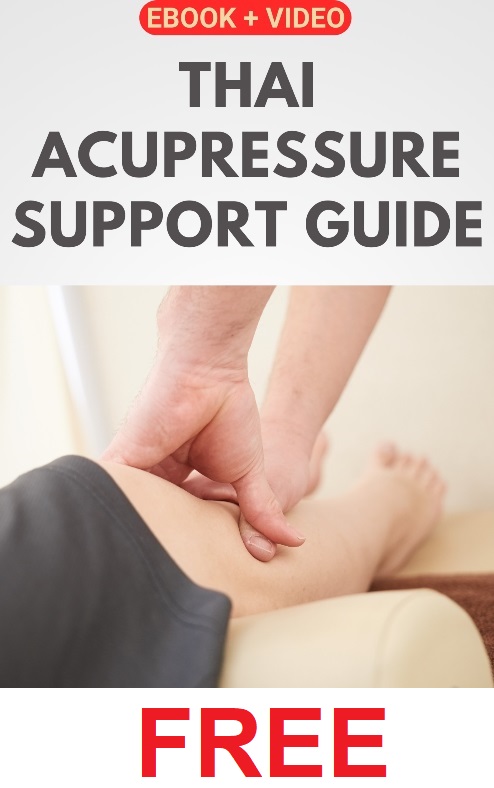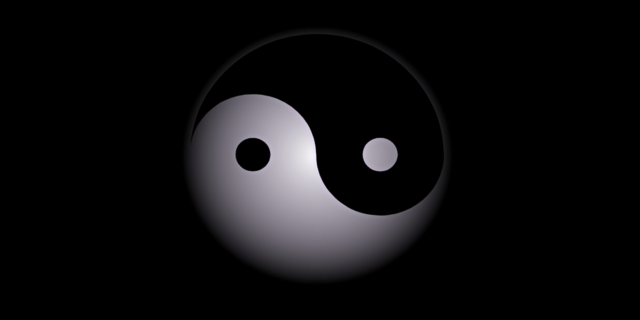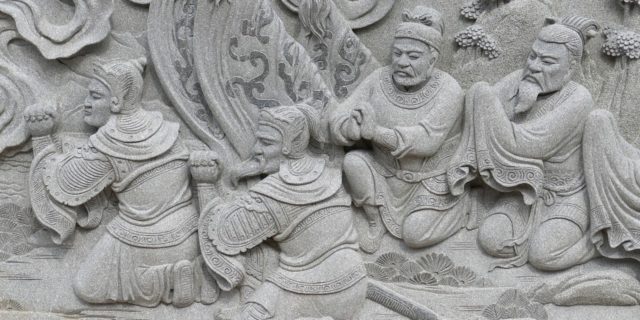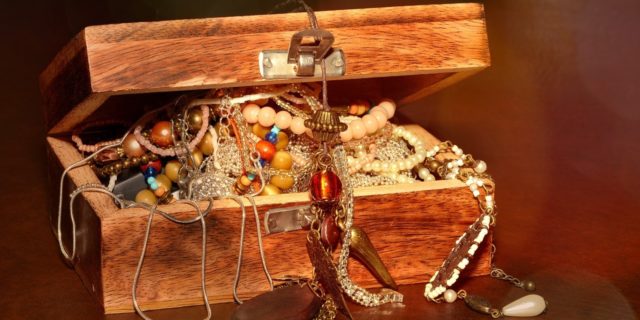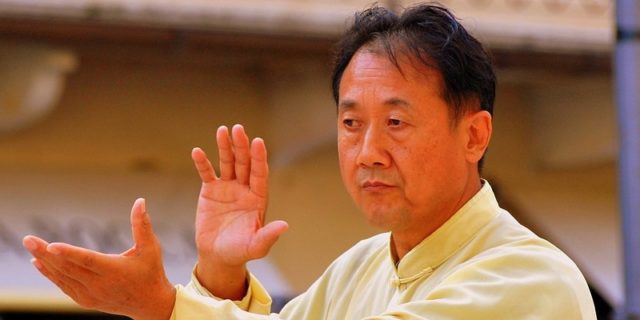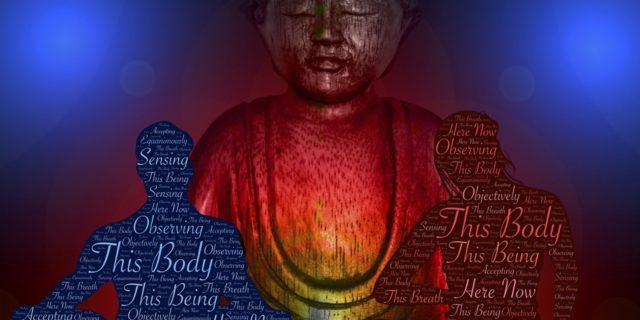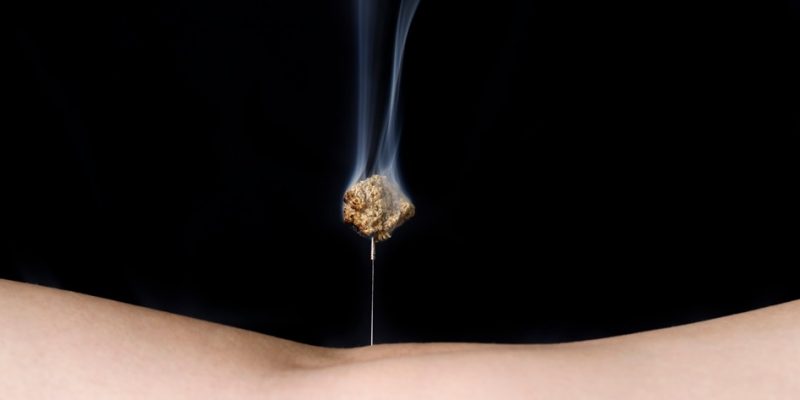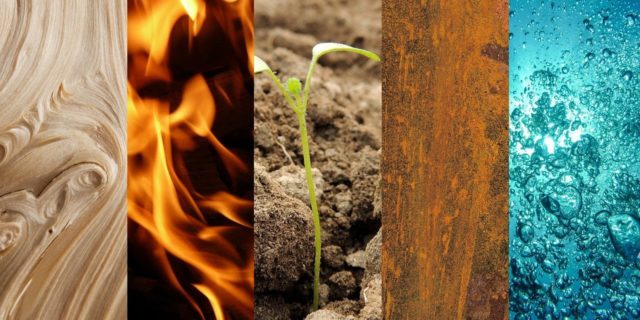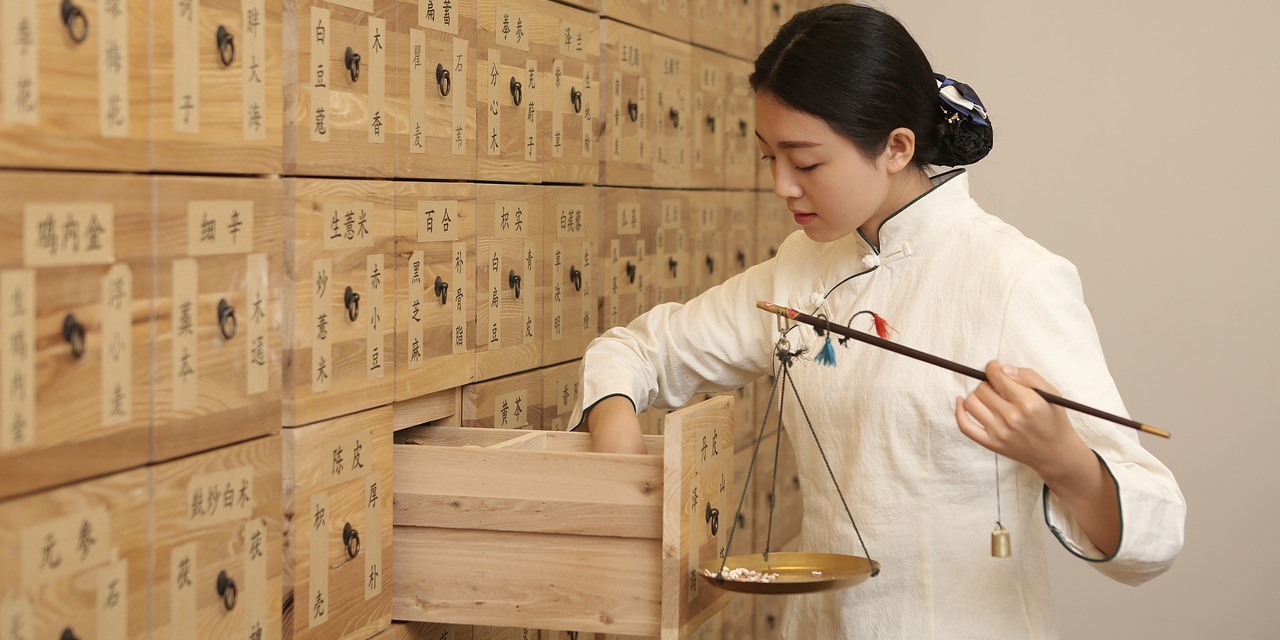
Chinese Medicine is also known as Traditional Chinese Medicine or TCM and originated more than 2,000 years ago. The healing methods consist of five parts: Movement Theory Tai Chi and Qigong, Nutrition Theory, Herbalism, Tuina Therapy (massage and additional techniques, such as Moxibustion, Cupping, Guasha) and Acupuncture.

Mind that the TCM treatments categorization mentioned above is just one of many classifications used.
A main characteristic of TCM is that it’s primarily focused on prevention. The aim is to maintain and promote good health through a moderate and balanced lifestyle in order to achieve Tao (the Way or Life Goal) during one’s life.
Emperor Huang Di is seen as the father of Chinese medicine. He’s the author of one of the most important medical texts, the “Huang Di Nei Jing” (thought to be written in the period 475-221 BC). It is the classic handbook on internal medicine of the Yellow Emperor and it contains, among other things, philosophical ideas, ideas of Tao, Yin and Yang, the 5-phases, the origin of diseases, and treatment methods.
Philosophical Background
There are three philosophical movements on which Chinese Medicine is based: Taoism, Confucianism, and Buddhism.
Taoism
Taoism is a lifestyle in which people live in harmony with nature, in order to ultimately arrive at the highest state of “Being,” “Tao.” The lifestyle practiced is called “Wu Wei”, or “Acting by Not Acting”. It’s the cultivation of a state of mind in which our actions are effortlessly in alignment with the flow of life.
In Taoism, Wu Wei is often associated with water and the way water behaves. The point is not to resist a current, but to choose from the many directions in which the current flows and to accept the consequences. The goal is to strive for a balanced situation and thus, softly and imperceptibly, to come into harmony with yourself, others, and the environment.
Confucianism
Confucianism is a Chinese ethical and philosophical system conceived by the founder Confucius (551-479 BC). The Confucianists saw it as their task to guard and preserve social order. They therefore forced everyone to act according to correct behaviors and role patterns in accord with the old traditions. That was in their opinion the best way to bring the world in harmony.
Buddhism
Buddhism is a religion and philosophy that entered China via India in the 3rd century AD. Buddhists believe that one can be freed from the circle of rebirths by following the “Middle Way” as taught by the Buddha. The most important aspects of the Middle Way are the elimination of all material desires, correct ethical conduct, and the development of the mind.
Concepts
Meridians

According to TCM theory, the human body has meridians with acupuncture points. Life Force, or Qi, flows through these meridians. One can see meridians as a kind of network of energy and conduction routes that feed the entire body.
Each meridian is connected to an organ and organ system from which it has derived its name: spleen meridian, gastric meridian, lung meridian, large intestine meridian, kidney meridian, bladder meridian, liver meridian, gallbladder meridian, heart meridian, heart governor meridian, triple heater meridian, and the small intestinal meridian.
The energy flow of the meridians forms a closed system where the meridians transmit energy to each other. It thus forms a large energy cycle. The acupuncture points are on these meridians and have different functions. These acupuncture points and meridians can be manipulated and influenced by massage, acupressure, moxibustion, cupping, or acupuncture (puncturing with needles).
Yin & Yang
Then we have the important Yin-Yang concept, which stands for balance as can be seen in the well-known Yin Yang sign.
In TCM, Yin and Yang are seen as opposed to each other, but they also contain additional qualities. Every single thing or phenomenon can be itself and its opposition. It is also said: the Yin contains the seed of the Yang; the Yin can transform into the Yang and vice versa. The Yin and Yang are opposite, interdependent, influence each other, and merge into one another.
A few examples of Yin properties are: dark, cold, cool, and quiet. And a few examples of Yang properties are: light, heat, and activity. For example, tap water is Yang (hot) compared to frozen water i.e. ice (cold), but tap water is again Yin (cold) compared to boiled water (hot). And so almost everything in TCM is viewed with regard to the Yin and Yang principle, relative to each other.
Five Element Model
According to Chinese philosophy, Qi manifests itself in the universe in Five Elements (or Five Phases): fire, water, earth, wood and metal. Man, as part of the universe, is also subject to the forces of these elements.
TCM has assigned different properties to an element. Each element has an emotion, sense, taste, season, direction, fabric, climate, soul, color, development, and two meridians and organs are connected to an element. An imbalance in one of these five elements is expressed in physical or mental complaints. The five element theory is used to assess which element is out of balance.
Holistic view
TCM is based on a holistic view of mankind. Man is seen as a whole: body, soul, mind and emotion. Everything is connected, has a relationship with each other and influences each other, creating a state of balance and harmony.

In Chinese Medicine, a physical ailment is therefore seen as the reflection of an imbalance. In order to cure disease and restore overall health, the cause of this imbalance must be addressed.
A TCM therapist or doctor observes, asks, listens and feels in order to be able to find out the origin of illness or complaints and how they can best be treated. In the case of illness or health problems, the nature and expression of the symptoms (which are considered palpable and visible) are always taken into account.
According to Chinese medicine, illness does not occur overnight. Before we get sick, several symptoms first occur. The start of an illness can be expressed on the physical, emotional, mental or even spiritual level. These first symptoms are seen as an indication of an unbalanced Qi current.
The pattern that subsequently develops gives an indication of the type of imbalance and the treatment that is needed. The aim of TCM treatments is to strengthen body and mind, to restore Qi flow, thus alleviating health complaints and bringing the body back into balance.


